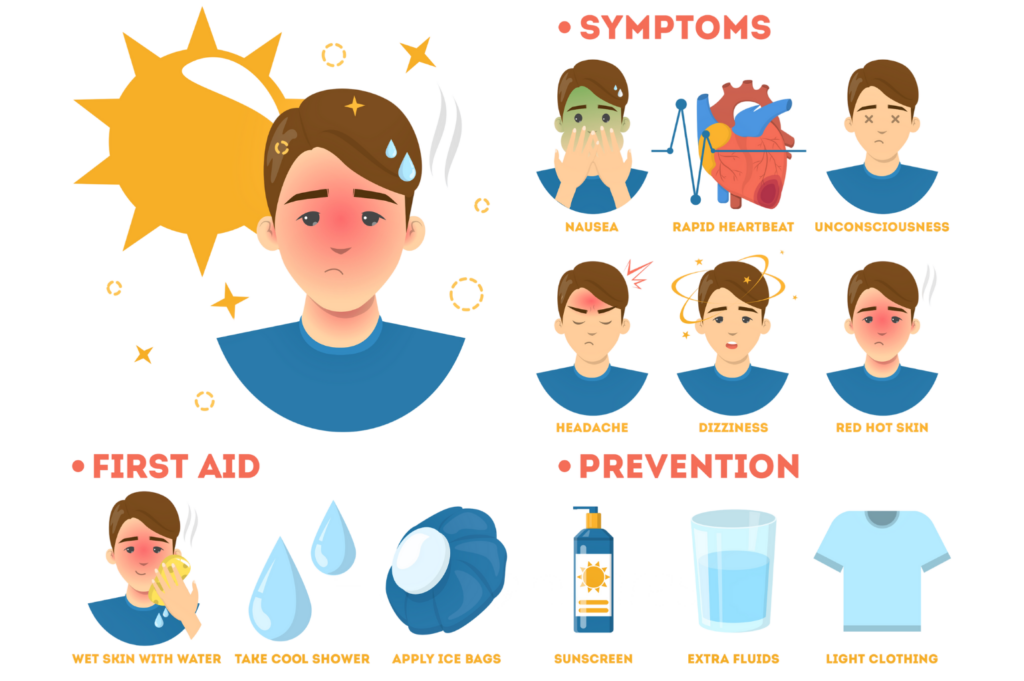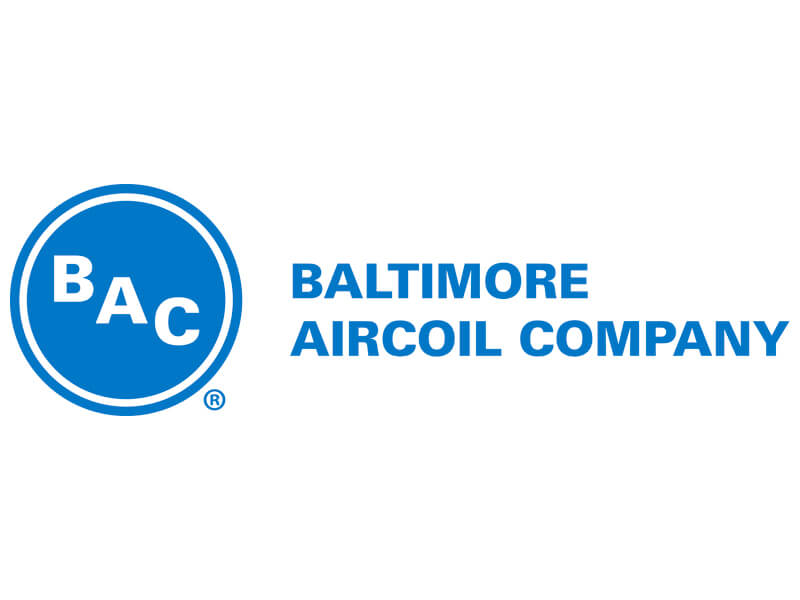 Each year, thousands of workers suffer from heat exhaustion or heat stroke — and some cases are fatal. The good news? Heat-related illness is preventable. New or returning workers are especially vulnerable. It takes about a week to adjust to the heat.
Each year, thousands of workers suffer from heat exhaustion or heat stroke — and some cases are fatal. The good news? Heat-related illness is preventable. New or returning workers are especially vulnerable. It takes about a week to adjust to the heat.
Are You at Risk? You may be at risk if you:
- Work in hot, humid conditions
- Do physical labor
- Don’t drink enough water
Know the Signs
Heat Exhaustion:
- Weakness, heavy sweating
- Dizziness, headache, nausea
Heat Stroke (Call 911!):
- Confusion or fainting
- Dry, hot skin (no sweating)
- Seizures
How to Stay Safe
- Dress Smart: Wear light-colored, loose, breathable clothes. Heavy PPE = more frequent breaks.
- Hydrate Often: Drink water every 15 minutes and avoid alcohol and limit caffeine
- Take Breaks: Rest in shaded or cool areas, use fans or misting devices, and speak up if you or a co-worker feels unwell
Extra Tips
- Sleep well before work
- Do heavy tasks in the morning
- Watch new workers for signs of illness
- Wear long sleeves, pants, and a hard hat
- Drink about 4 cups of water/hour in high heat
What Employers Should Do
- Provide cool water and shaded rest areas
- Train employees on heat safety
- Slowly increase workloads for new workers
- Have a heat emergency plan
First Aid for Heat Stroke
- Call 911 immediately
- Move to a cooler place
- Remove excess clothing
- Cool the person (hose, wet towels, fans, etc.)
- Offer cool water if alert — avoid sugary, caffeinated, or alcoholic drinks
- If unconscious and not breathing, begin CPR.
Quick Reminders
- Find shade
- Drink water regularly
- Take frequent breaks
- Speak up if something feels wrong
For more, visit OSHA’s Heat Safety page.
Stay cool. Stay safe. Look out for each other!







